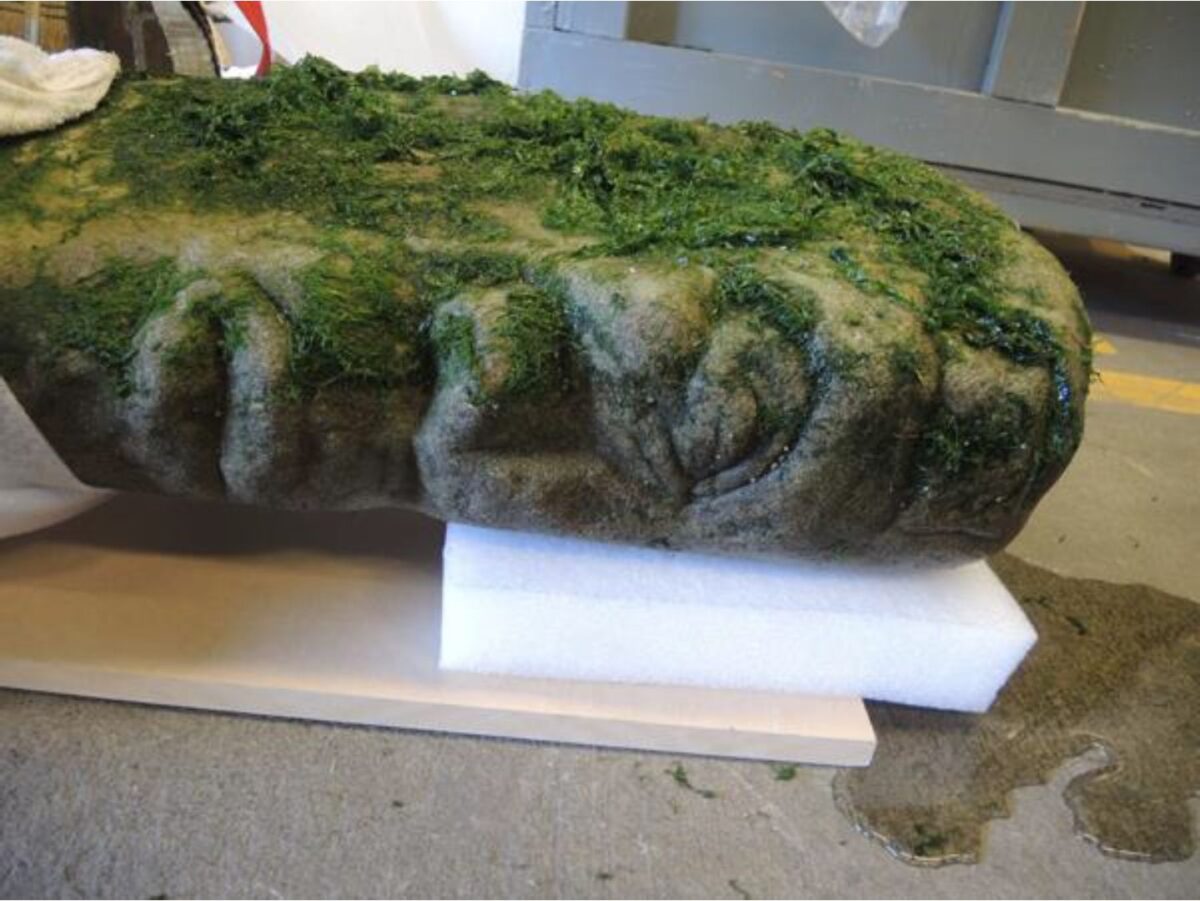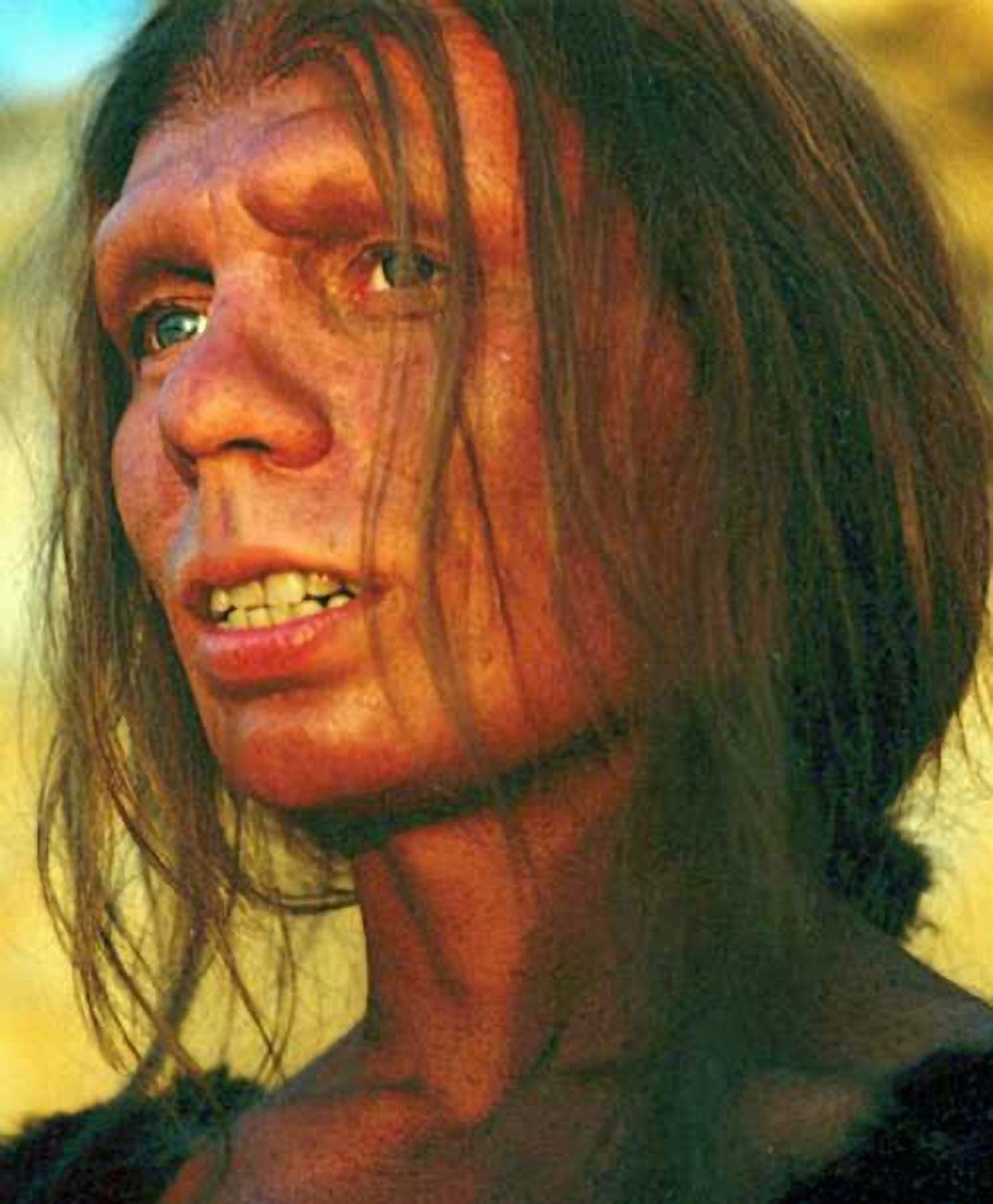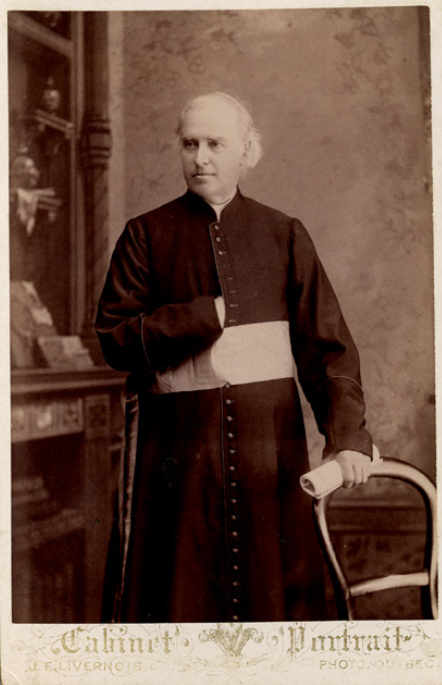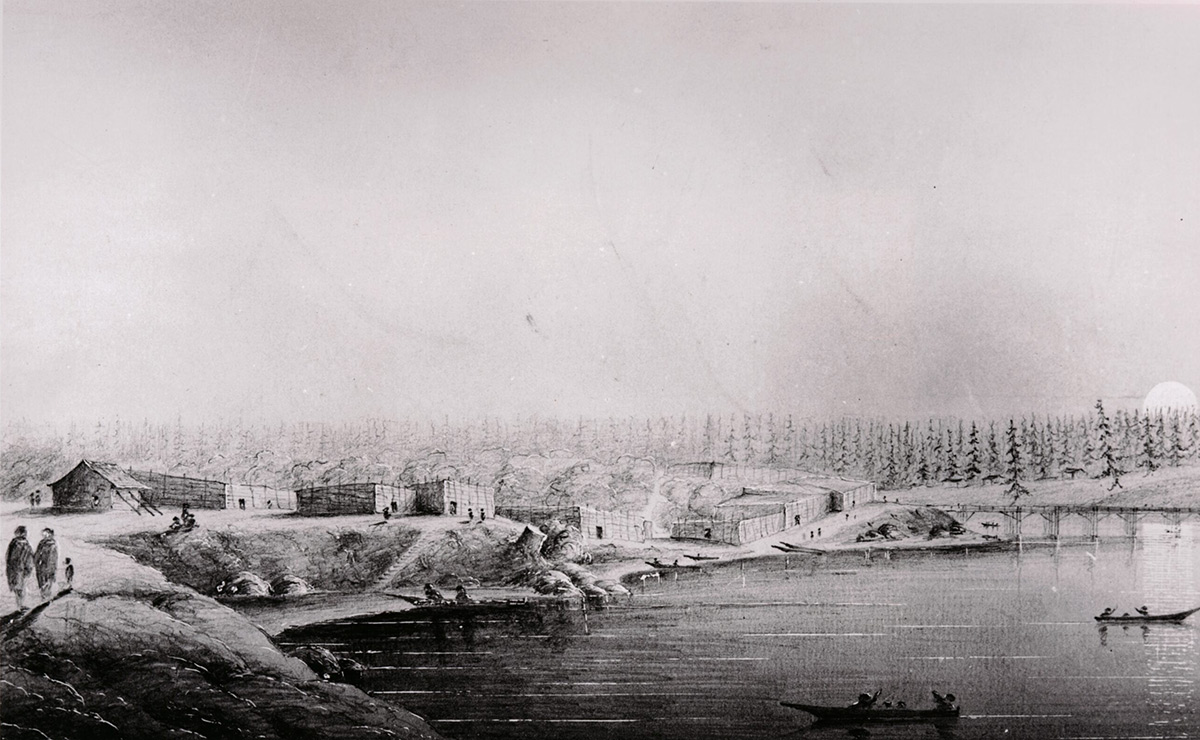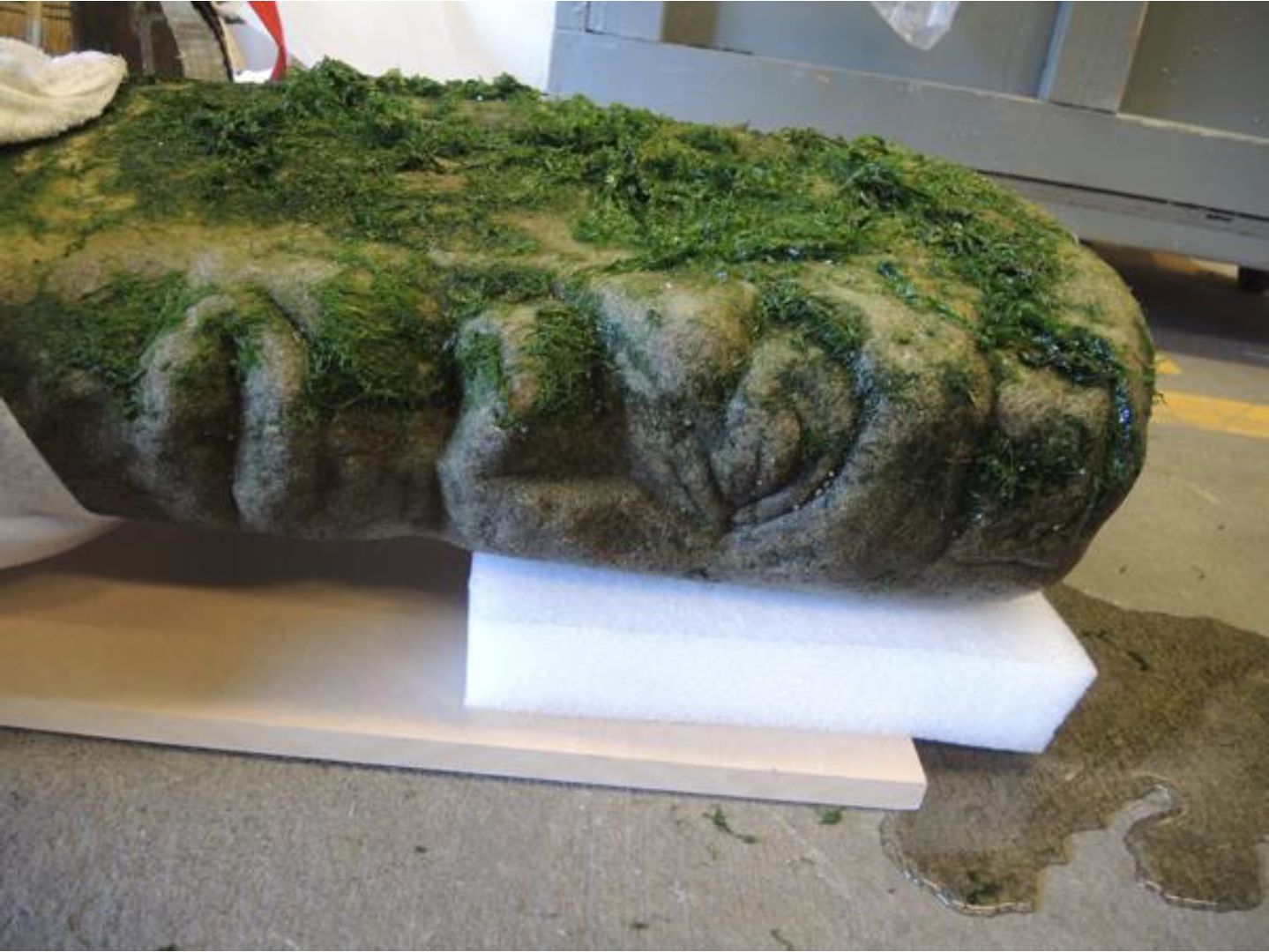
By Grant Keddie 2021. By Grant Keddie In the summer of 2020, I recovered a large 240 lb stone figure with a team of four others from the waters near Finlayson Point on the southern shores of Victoria (see Appendix 1). At the time I looked at the cultural context and physical evidence and determined that I would treat the cultural landscape and oral history as the more favourable evidence that the stone figure was likely to be an old Indigenous ritual figure. It turned out that I initially erred on suggesting that the stone figure was an old one when a modern-day stone carver told the media that he carved the stone. Here I provide a summary of how … Continue reading “A Modern Stone Figure on a Lekwungen Landscape”
